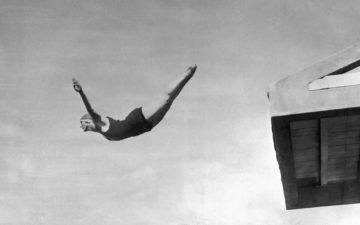Dan Falk at Aeon:
 In Galileo’s Dialogue Concerning the Two Chief World Systems (1632), three Italian gentlemen – one philosopher and two laymen – debate the structure of the Universe. The philosopher, Salviati, argues in support of the Copernican theory, even though it requires a moving Earth – something that strikes his interlocutors as problematic, if not absurd. After all, we don’t feel the ground moving beneath our feet; clouds and birds are not swept backwards as the planet whooshes through space; a ball dropped from a tower does not land far away from the base of that tower.
In Galileo’s Dialogue Concerning the Two Chief World Systems (1632), three Italian gentlemen – one philosopher and two laymen – debate the structure of the Universe. The philosopher, Salviati, argues in support of the Copernican theory, even though it requires a moving Earth – something that strikes his interlocutors as problematic, if not absurd. After all, we don’t feel the ground moving beneath our feet; clouds and birds are not swept backwards as the planet whooshes through space; a ball dropped from a tower does not land far away from the base of that tower.
But Salviati, standing in for Galileo, asks his companions, Sagredo and Simplicio, to reconsider their intuitions. Suppose one were to drop an object from the mast of a tall ship. Does it make any difference if the ship is moving? No, Salviati insists; it lands at the base of the mast regardless, and therefore one cannot conclude anything at all about the ship’s motion from such an experiment. If the ship can be in motion, then why not the whole planet? Simplicio objects: Salviati has not actually carried out this shipboard experiment, so how can he be sure of the result?
More here.
